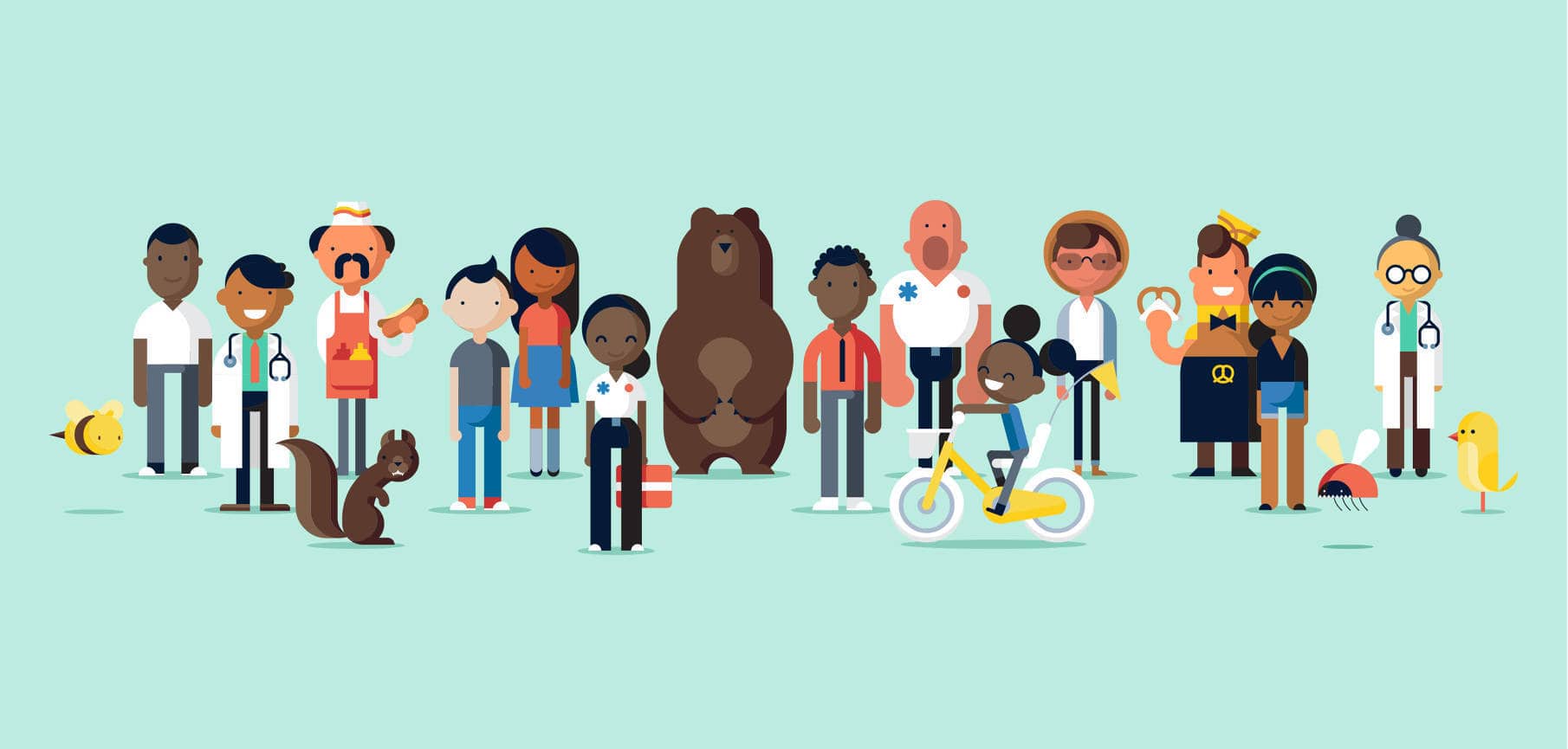Customer-centricity means prioritizing the consumer in all business decisions. This has been the case for all consumer-facing industries for quite some time now. While every company would like to believe and say so, putting this into practice is fairly difficult and the auto insurance industry isn’t immune to this. However, in the commoditized world of insurers, customer centricity is no longer just a good to have, but is the best differentiator and the best strategy for growth.
COVID-19 hasn’t been kind to any sector, and insurance too has had to deal with the fallouts. With job losses and the economy slowing down significantly, consumers will get conscious and more demanding. The best way for Insurers to differentiate and compete by creating customer-centric services and offerings.
A McKinsey report suggests that there is a two-level impact of COVID-19 on the U.S auto insurance industry. From the outset, as there are lesser people on the road, the number of fatal cases and hence the claims are going down. While this shows what is happening on the cost side, it does not take into account the pressure on the revenue side. The same market-effect also shows a decline in car sales and hence in the auto insurance taken on these cars, which now stand unsold. If the auto insurance industry wants to cope with these market forces, it will have to find ground-up ways to realign its interests with that of the individual customers.
Conventional practices and competition in the industry have made the auto insurers push out products at suboptimal rates which seem common for the market but are not equally personalized for the end-user. A comprehensive change in the industry that begins with leveraging digital platforms, can serve as the necessary solution to solve this problem.
The Era of Digital Insurance: Catering to Individual Demands
Customer-centricity is all about creating value for the customer and catering to their individual needs. The digital revolution has given birth to a new connected world where adding value to a customer’s experience is both essential and challenging at the same time. The kind of value creation done by digital giants like Amazon, Google, and Apple is really hard to match for a tightly regulated industry like insurance. Consumers now have a wider range of options with highly personalized offerings available in every industry. Their sensitivity to personalized offerings clearly shows that they expect the same out of the insurance industry as well. The trend is going narrower from formulating strategies for a target audience to distinguishing the needs of individual customers. Customers now expect friendly, personalized, relevant, and enjoyable experiences across multiple channels. They want their specific needs to be understood and catered to.
According to a report published by Accenture titled “The Digital Insurer: The Customer-centric Insurer in the Digital Era”:
“The real challenge of customer-centricity is to move away from the product-driven push and to develop the corporate ability to truly understand the customer’s stated and tacit needs, to generate new ones, and to provide highly personalized solutions and remarkable experiences that are relevant to each individual’s preferences, circumstances and point in time.”
Distinguishing the Individuality and Creating Customized Products
It is evident how digital disruption of distribution channels has forced many industries to adapt to new norms of customer-centricity. For the auto insurance industry, the disruption will begin on three fronts:
1. Having simpler products: A product that is simple to understand and connects directly to an individual customer has a better conversion rate.
2. Having seamless processes: Using Big Data Analytics and AI tools can reduce the time and efficiency of processing. With no manual intervention, the customers are assured of the quality experience which they now take for granted.
3. Transparency in Communication: This can be the most critical factor for an industry like Auto Insurance. The level of transparency that the digital revolution has brought is unforeseen and the customers are getting used to it. They want the same from other industries too.
For an industry like auto insurance which is highly affected in the crisis caused by COVID-19, learning from the digital giants and changing their approach towards customer-centricity is the only way forward.
According to the report published by Boston Consulting Group( BCG):
“Insurers must radically improve customer service if they are to combat the reduced profitability of products, the digital disruption of distribution, the competition from new, non-traditional entrants, and the rise of savvier, more value-driven consumers. Doing so requires taking a more customer-centric view of operations in three key areas.”
The following excerpt from the Report clearly depicts how waiting time takes almost 95% of the processing time for an insurance application.
Courtesy: BCG
The Road Ahead for Auto Insurance Sector: Understanding Individual Customers
As per a 2020 DXC Insurance Survey wherein more than 2000 US consumers from the insurance community participated was conducted to gauge their views about insurance and their interaction with those providing coverage :

1. 66% of consumers are open to using technologies in exchange for better services or lower insurance premiums.
2. 42% of surveyed consumers believe that they are underinsured.
3. 87% of consumers stated that they were comfortable in sharing their personal information, as far as it helped them in availing more affordable insurance.
These data-points show that the three perceived hurdles of harnessing digital practices – lack of adoption, lack of a market need, and privacy issues, are no longer systemic issues. The auto insurance industry can now begin its reconstruction to offer personalized insurance products.
Some of the ways through the auto insurance sector can transform itself in the Post-COVID world is by adapting the following strategies:
1. Assess the Current Pricing-Models: The pricing models have to be changed as per the changing time. The unemployment rates are increasing and given the economic turmoil, might be on a downward trajectory for a while. The legacy pricing models were not engineered with a sensitivity for such market conditions. At the same time, pandemic or system-induced temporary unemployment does not make an individual uninsurable. It simply calls for adjusting the legacy pricing models to be re-engineered in a way that takes into account this situation and allows even the unemployed individuals to avail insurance.
2. Realign the Marketing Strategy: The entire marketing strategy has to be shifted from conventional ideas, tools, and channels, to a more data-driven approach. Data analytics technologies that sources deeper forms of data to unravel behavioral patterns with AI, ML, and NLP, will lend an edge to the companies that seek deeper and more actionable insights about their customers.
3. Support the Existing Customers: The pandemic has affected everyone in its own way. If the auto insurance industry can learn the grievances of the customers and help them in sustaining through tough times, this will help in creating a strong base of loyal customers.
Conclusion
COVID-19 has surely affected the auto insurance industry in an unforeseen manner but there is always a silver lining if one can find it. This might prove the best time for the industry to reshape its strategy towards distinguishing and catering to the individual needs of the customer instead of pushing run-of-the-mill products. The product, it’s delivery and the marketing efforts have to be redefined for the industry to regain its foothold.
